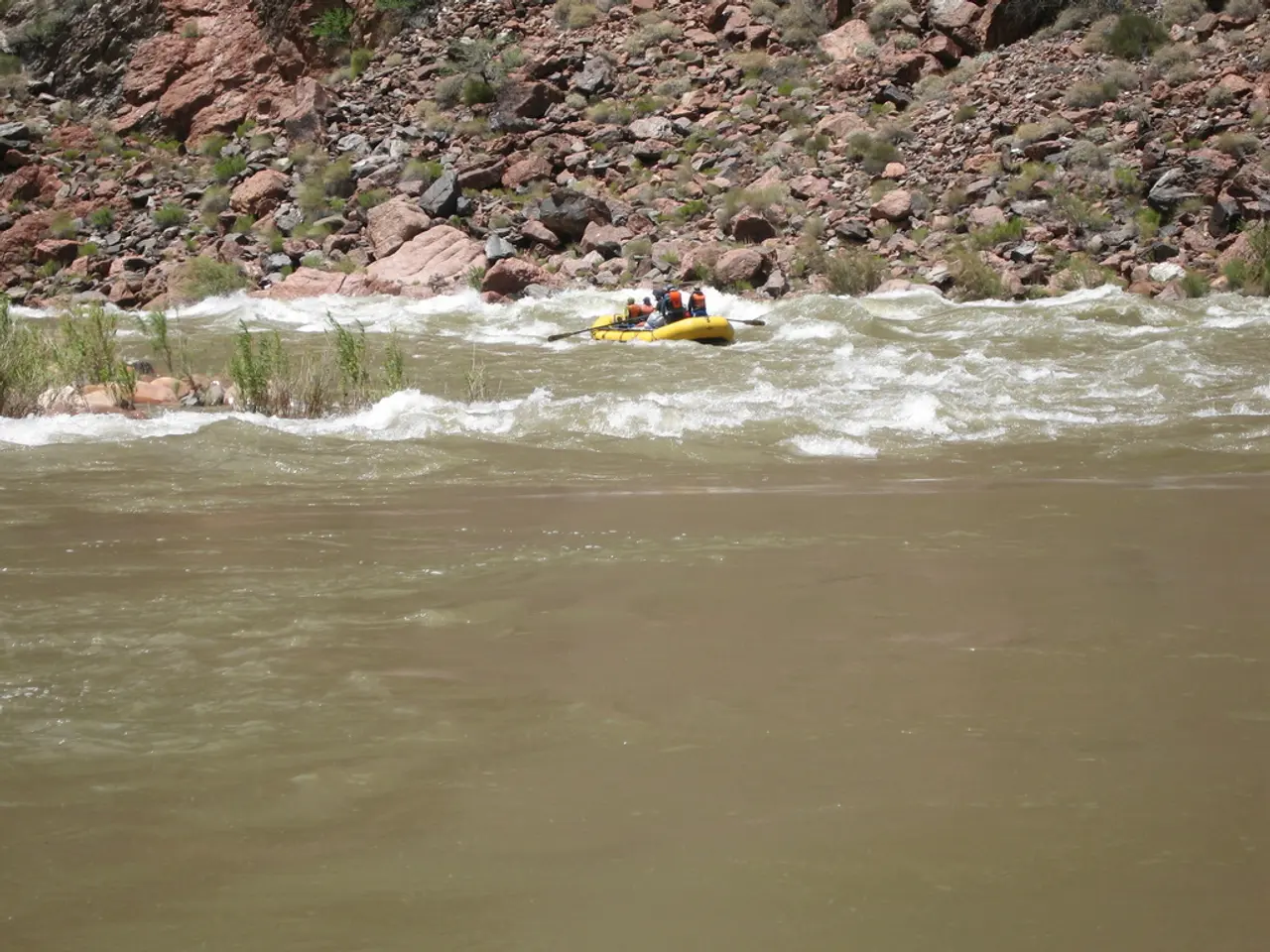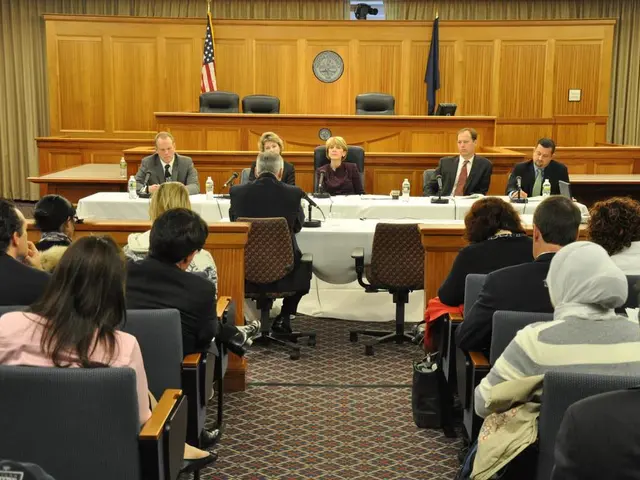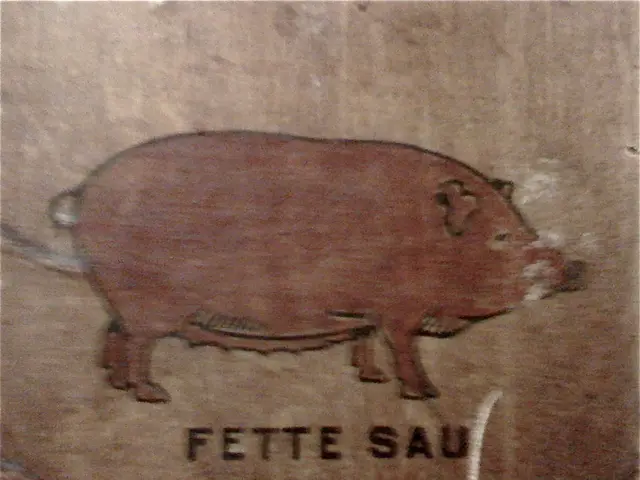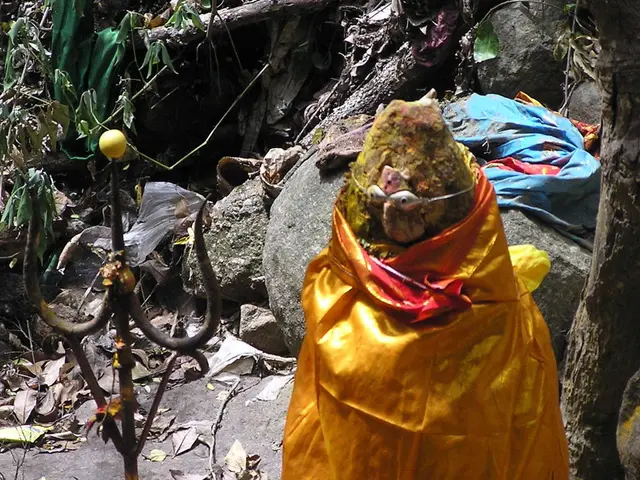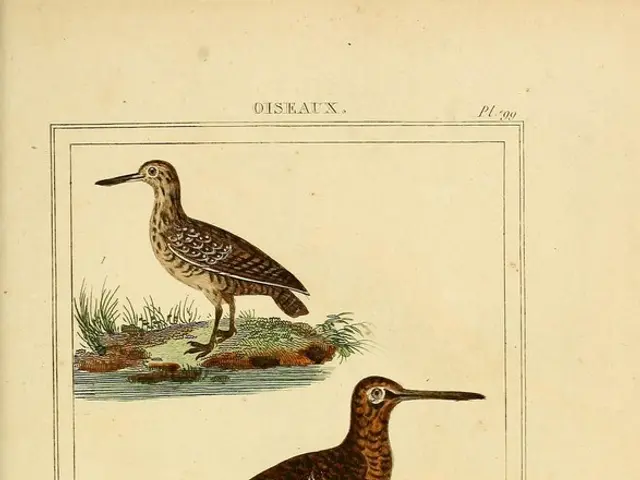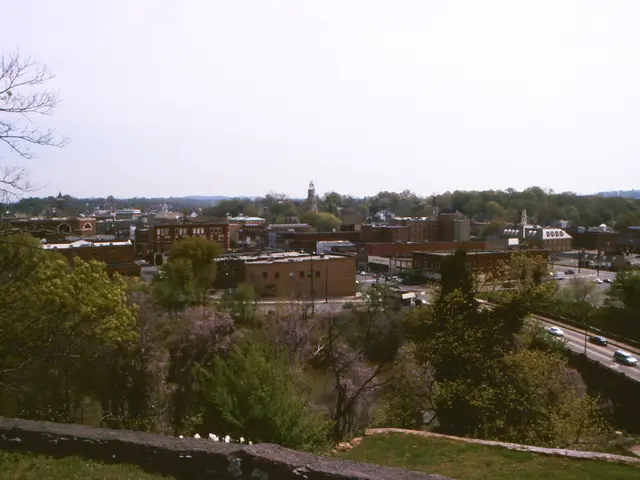Salt Marshes: Cultural Havens and Economic Lifelines Threatened
Salt marshes along the Atlantic coast are more than just landscapes; they're homes, cultural havens, and economic lifelines for communities like the Gullah/Geechee people. Efforts are underway to revitalize these ecosystems and traditions, as their future hangs in the balance.
Oral histories reveal a profound attachment to salt marshes, with many considering them not just places, but homes. The Gullah/Geechee people, descendants of enslaved Africans, have a deep cultural relationship with these marshes, essential to their survival, spirituality, and identity.
Salt marshes have been vital to coastal economies for generations. Fishing families depend on them for subsistence. Sweetgrass basketry, an African art form, weaves these marshes into Gullah/Geechee tradition, cherished as both functional items and art.
However, salt marsh cultures face growing peril. Sea level rise, intense storms, development, tourism, and regulations threaten their existence. Colonists altered marshes for salt hay and salt extraction, setting a pattern of economic alteration that continues today.
To truly preserve Atlantic salt marshes, cultural knowledge, stewardship, and insight must be valued and honored. Initiatives supporting both marsh conservation and cultural tradition preservation are gaining momentum. These efforts, led by communities like the Gullah/Geechee people, are crucial for the future of these vital ecosystems and the cultures they sustain.
